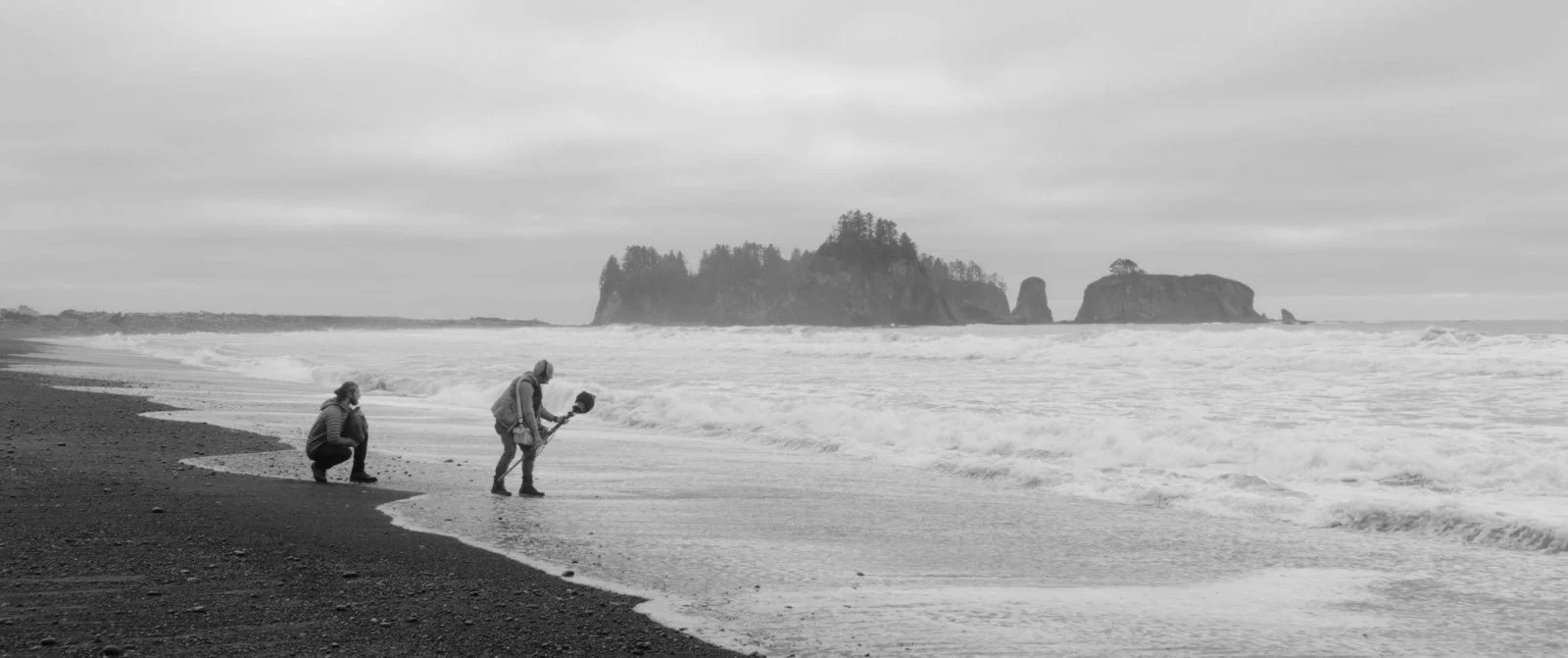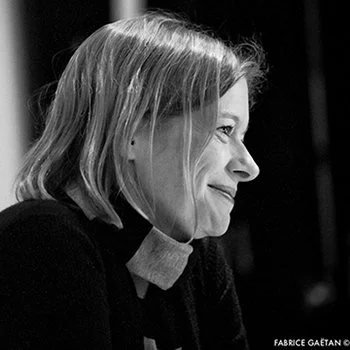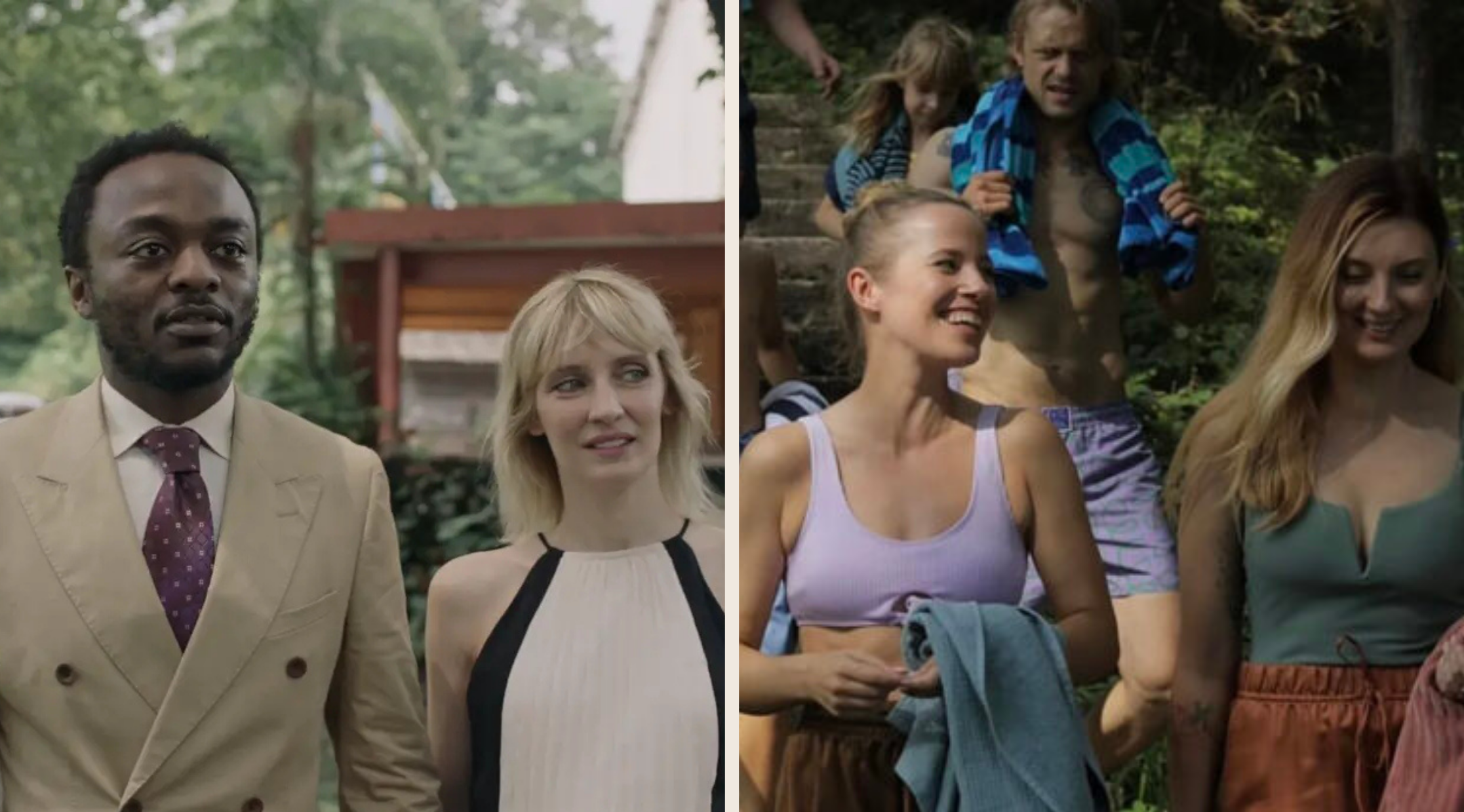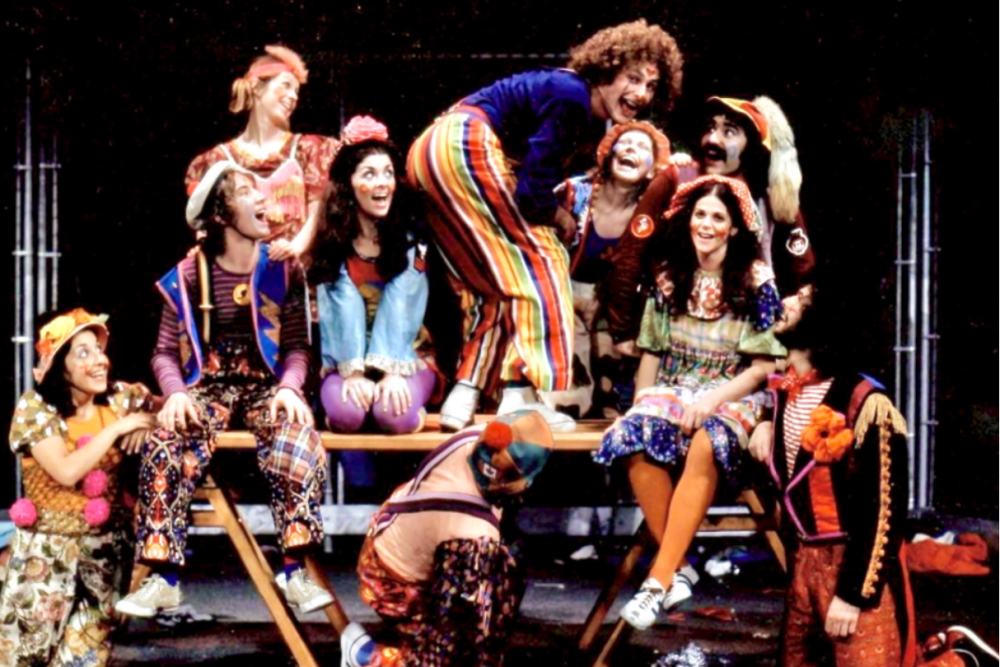Big Giant Wave's ode to the power of music was a labour of love for director Marie-Julie Dallaire
Rendez-Vous French Film Festival opener executive-produced by the late Jean-Marc Vallée makes flowing connections between the worlds of science and art
Acoustic ecologist Gordon Hempton captures Mother Nature’s music of the surf in Big Giant Wave.
Rendez-Vous French Film Festival screens Comme Une Vague (Big Giant Wave) at SFU Woodward’s on February 18 at 6:30 pm, followed by a Q&A with director Marie-Julie Dallaire
CRASHING WAVES, throbbing house beats, sandpaper on wood, the flashing light of a heart monitor, and the rising crescendo of an orchestra: in the documentary Big Giant Wave (Comme une Vague), the rhythms of the world flow together in a chorus of music, science, and nature.
The artful documentary, shot in luminous black and white, opens the Rendez-Vous French Film Festival here this week. Director Marie-Julie Dallaire’s poetic celebration of the way humans are wired to respond to music was a five-year-long labour of love that took her from recording studios and ICU rooms in her hometown of Montreal to Sweden, Mexico, and the surf-pounded coasts of the Pacific Northwest.
With the skills of a jazz musician, she collages imagery and interviews with the diverse sounds of her subjects—from Quebec singer-songwriter Patrick Watson’s dreamy, textured 3 a.m. soul to the mesmerizingly off-key strains of Gothenberg’s amateur, all-refugee Dream Orchestra.
“I wanted the film to become like a wave, and for the viewer to be transported by the wave,” the affable director tells Stir over the phone before heading West for the screening here. “You don't have time to think, ‘We’re changing character’ or ‘We’re changing country.’
“The relationship with the massive water imposed itself,” she adds. “During the interviews, almost all the characters made a metaphor between music and water—and that was amazing because I never put that word in their mouths!”
The motif was sealed when her team found subject Gordon Hempton, an American acoustic ecologist who hauls his big microphones out to the coastal wilds to make recordings.
In the film, Dallaire talks to everyone from ethnomusicologists to neuroscientists about our biological responses to music. She interweaves their accounts with a vast array performances, from a barefoot violinist who busks in Montreal’s streets to Stradivarius-playing Canadian cellist Stéphane Tétreault to DJ Osunlade spinning house beats in a club. At other moments, Watson waits for the music to come to him at his mixing board—blown to him, he believes, by “ghosts”. And in some of Big Giant Wave’s most moving sequences, music therapist Tiana Malone calms newborn babies in an ICU with the gentle sounds of her hand drum.
The shoot was an intense and emotional process for a production that wrapped only two weeks before lockdown hit in 2020.
“We often cried—even the crew with the big steady camera,” she relates. “And in the neonatal unit? My god, we all wept. To get in to shoot in that department was so difficult, and then to see those sick babies trying to survive… But also, it was so beautiful to see them react. We were so touched by the power of the music.”
Dallaire and her team erase the barriers between musical forms, and look at a Pygmy culture where singing is an essential part of daily life rather than relegated to entertainment.
“We should be able to make music even if we sing bad. I sing bad!” she says with a laugh. “Music is for everybody everywhere in the world.”
The director adds to that sense of inclusion and democracy with the use of black-and-white film.
“With the cinematography, we were trying to give the stage to the soundtrack,” she says. “Also, we thought if we shot in black and white, it would be less distracting and more fluid for the brain. And we knew we were going to shoot in a lot of different environments, and it would help to make it flow.”
Marie-Julie Dallaire
That approach applied to supertitles announcing the names and jobs of her interview subjects: at one point in the editing process, her team decided to remove them and leave them to the final credits, just like in a fictional movie. Dallaire, who also works as a screenwriter and actor, brings knowhow from her work on major motion pictures, including second-unit direction on Denis Villeneuve’s epic Arrival in 2016.
“If you're projecting a film on screen it has to be cinema,” she emphasizes. “I really do approach documentary the same way as a fiction film.”
One of the most moving aspects of Big Giant Wave is the role played by her longtime friend and fellow music lover Jean-Marc Vallée, the Montreal director of films like C.R.A.Z.Y. and Dallas Buyers Club who died unexpectedly in December 2021. He jumped in as executive producer on Big Giant Wave when he saw it midway through the editing process.
The screening here is dedicated to the filmmaker, with Annie St-Pierre’s NFB short “Jean-Marc Vallée”, about a Chinese video-club merchant dedicated to selling VHS and DVD copies of the director’s works, shows before Dallaire’s film.
Vallée, whose loss Dallaire is still deeply grieving, was struck by the deep connections the film made between humankind and music.
“He fell in love with the film and said, ‘This put music in a light that I couldn’t explain before,’” says Dallaire. “He said, ‘I want this to be seen around the world.’
“I was not expecting that. I respect his opinion so much and this was the biggest gift ever—a gift that will keep on giving,” she adds. In turn, Dallaire’s film is a kind of gift in itself, to a world waiting to return to concerts and dance clubs again.














